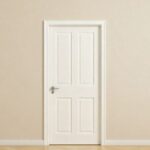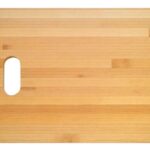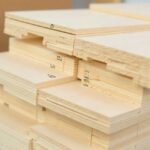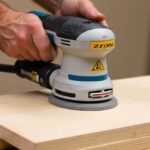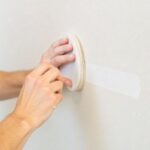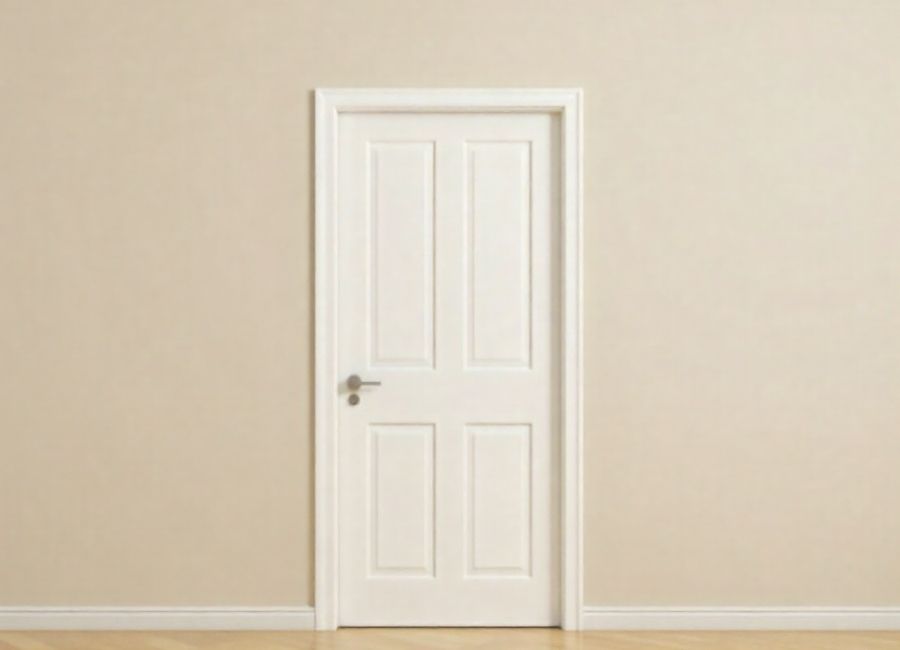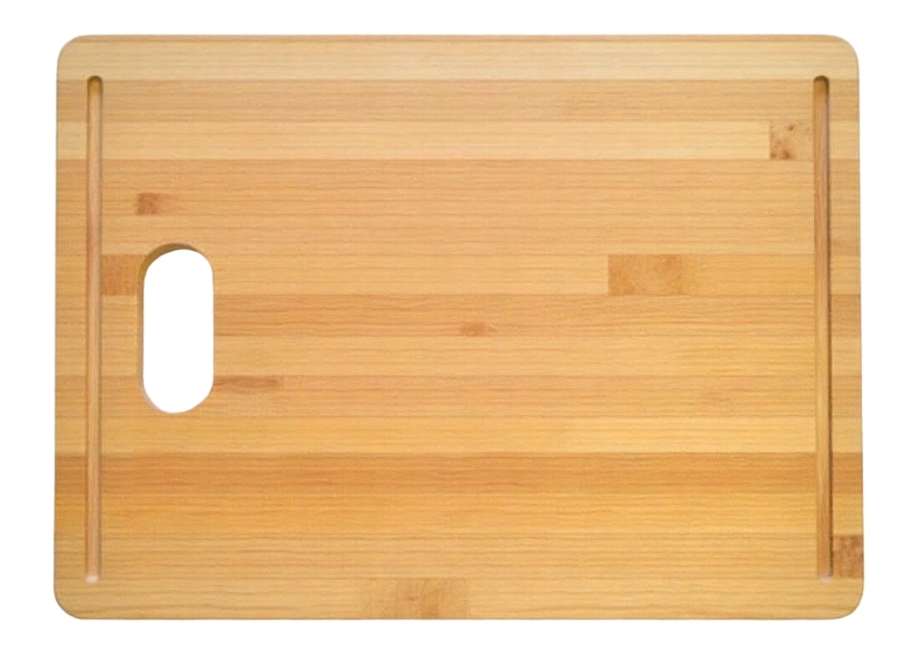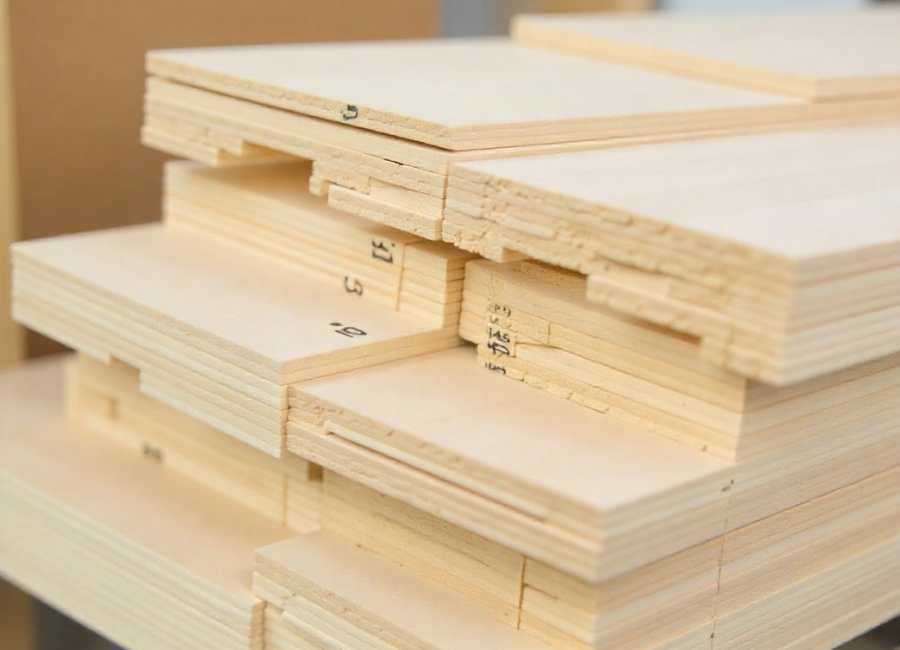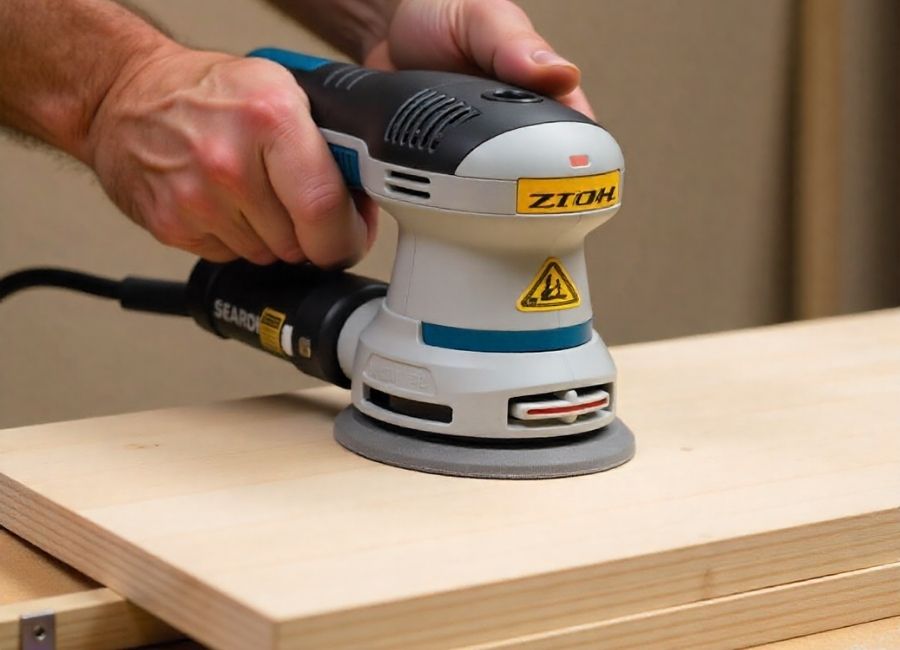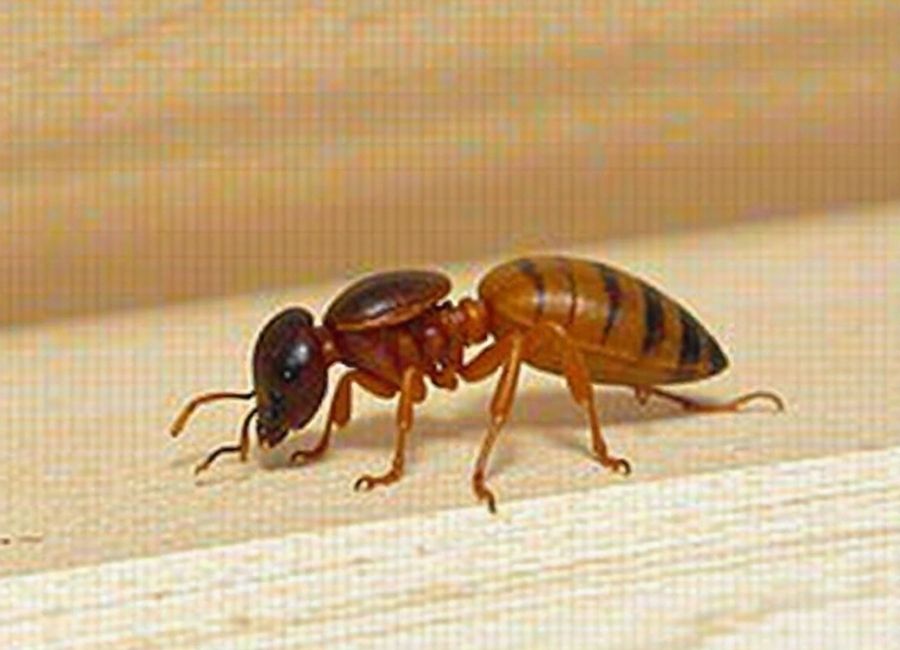If you’ve installed a door, hung a picture frame nearby, or noticed a door’s fit in a wall, you’ve seen a door jamb. But what is it, and why does it matter?
A door jamb is the frame that surrounds a door on three sides: two vertical side jambs and a head jamb at the top. These parts hold the door in place and let it swing properly. The jamb is where you attach hinges, the strike plate, and weatherstripping.
Knowing about door jambs is important for installation, fixing alignment, or boosting security. This guide covers what door jambs are, common problems, and fixes.
The Anatomy of a Door Jamb
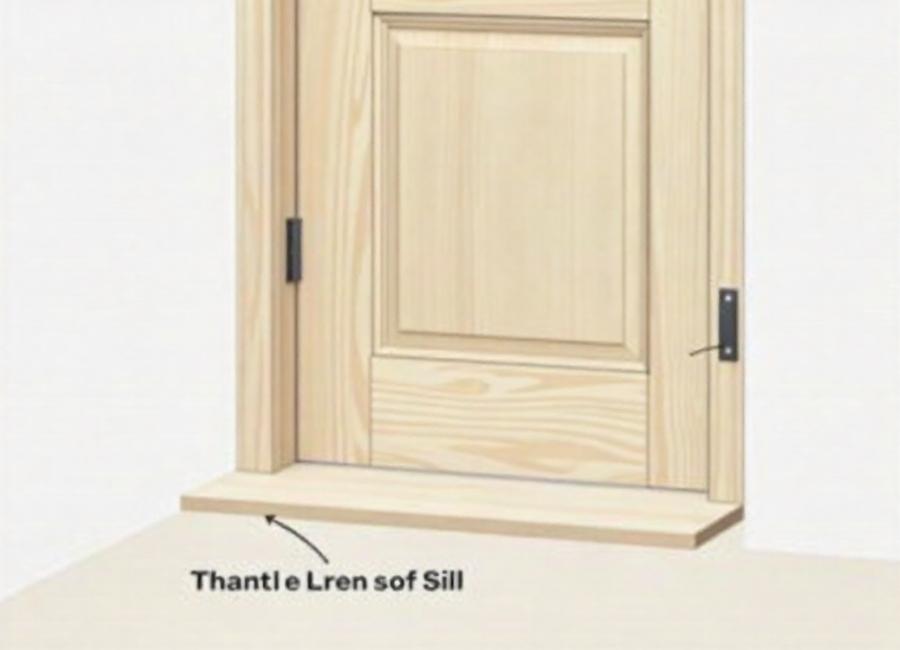
A door jamb consists of three main parts that work together to support and frame the door:
Side Jambs: These are the two vertical pieces on either side of the door. One side holds the hinges, while the other side has the strike plate where the door latch or bolt engages when the door closes.
Head Jamb: This horizontal piece tops the doorway, connecting the two side jambs. It completes the frame and distributes weight evenly.
Threshold or Sill: While not technically part of the jamb, the threshold (also called a sill) is the flat strip at the bottom of the doorway. It creates a seal against drafts, moisture, and debris. Some people consider it the fourth component of the door frame.
These elements create a solid, functional frame that keeps your door aligned and secure.
Why Door Jambs Matter
Door jambs might seem like a minor detail, but they play several critical roles in your home:
Structural Support: The jamb holds the door and lets it swing properly. Without a sturdy jamb, doors can sag, stick, or fail to close.
Security: A strong jamb is your first defense against forced entry. Many break-ins happen when someone kicks in a door, splitting the jamb or pulling off the strike plate.
Energy Efficiency: Well-installed jambs with weatherstripping seal gaps, preventing air leaks and saving on heating and cooling.
Aesthetic Appeal: A finished jamb improves your doorway. Whether painted, stained, or trimmed, it adds to your home’s style.
Common Door Jamb Materials
Door jambs are typically made from wood, metal, or composite materials. Each has its own advantages and drawbacks:
Wood jambs can be painted or stained. They’re easy to work with but may warp, rot, or split in damp conditions.
Metal jambs like steel or aluminum are strong and durable. They’re common for exterior or commercial doors, but can be harder to install.
Composite jambs resist moisture and warping yet are easy to paint and finish. They’re common in modern homes.
How to Install a Door Jamb
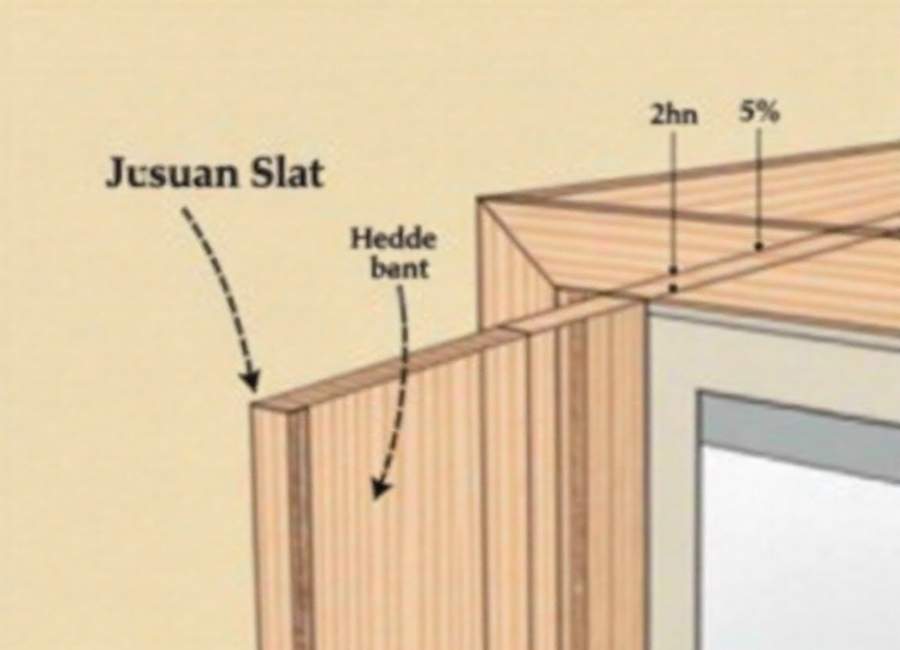
Installing a door jamb requires precision and the right tools. Here’s a simplified overview of the process:
- Measure the doorway’s height and width, leaving a small margin for adjustments.
- Cut side jambs and head jamb to length, ensuring ends are square.
- Attach the head jamb to the side jambs with screws or nails. Pre-assembled jambs skip this step.
- Place the jamb in the doorway. Use shims to ensure it’s level and plumb.
- Drive screws through the jamb into the wall framing near the hinges and strike plate. Don’t overtighten.
- Hang the door and adjust shims for smooth operation.
- Install trim around the jamb to cover gaps and finish the doorway.
If carpentry isn’t your strength, hire a professional for the best results.
Troubleshooting Common Door Jamb Issues
Even a well-installed door jamb can develop problems over time. Here are some common issues. Even a well-installed door jamb may face problems. Here are common issues and solutions:fted or warped. Check the alignment with a level and adjust the shims or hinges as needed. Sanding down the door edge can also help.
Visible gaps allow air leaks. Add or replace weatherstripping along the jamb to seal gaps efficiently.
A split jamb affects function and security. For small damage, use wood filler and paint. Severely split jambs usually need replacement.
Loose Strike Plate: If the door latch (the metal mechanism that keeps the door closed) doesn’t catch properly, the strike plate (the metal plate on the jamb receiving the latch) may be loose or misaligned. Tighten the screws or install longer screws that reach the wall framing for a more secure hold.
Reinforcing Your Door Jamb for Security
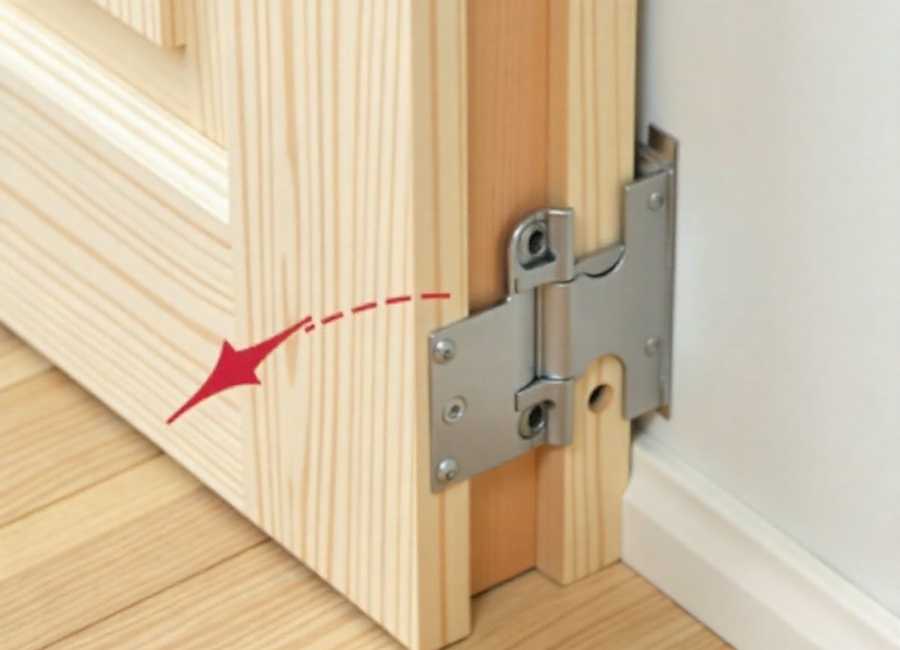
A standard door jamb can be vulnerable to forced entry, especially if it’s made from softwood or has short screws. Here are some ways to strengthen it:
Install Longer Screws: Replace the standard screws in the hinge and strike plate with 3-inch screws that penetrate deep into the wall framing. This makes it much harder to kick in the door.
Add a Door Reinforcement Kit: These kits include metal plates that reinforce the jamb around the hinges and strike plate. They’re affordable and relatively easy to install.
Upgrade the Strike Plate: A heavy-duty strike plate with deeper screw holes provides better resistance against forced entry.
Consider a Solid Core Door: Pairing a reinforced jamb with a solid core or steel door significantly improves security.
When to Replace a Door Jamb
Sometimes, repairing a door jamb isn’t enough. Here are signs it might be time for a replacement:
- Extensive rot or water damage
- Severe splitting or cracking that affects structural integrity
- Warping that prevents the door from closing properly
- Upgrading to a larger or differently sized door
Replacing a door jamb is a bigger project than a simple repair, but it ensures your door operates smoothly and securely.
Final Thoughts on Door Jambs
The door jamb may not be the most glamorous part of your home, but it’s one of the most important. It keeps your door aligned, your home secure, and your energy bills in check. Whether you’re installing a new door, fixing a problem, or upgrading your security, understanding how door jambs work will help you make informed decisions.
Take the time to inspect your door jambs regularly. A little maintenance now can prevent bigger headaches down the road.

